Looking at my Pere Ubu liner notes, I noted the frequent appearance of the last name "Hamann". After some confusion, I realized that there were two different first names which accompanied it. I learned that Ken Hamann was the father of Paul Hamann, and poked around to find that they'd recorded a Styrenes single and a Girls single. A friend added that Ken Hamann had recorded a Grand Funk album. It wasn't until I talked to the Hamanns that I discovered the extent of their history in recording and the rest of the story behind their studio, Suma, in Painesville, Ohio.
Ken Hamann began recording as a staff engineer at Cleveland Recording Company. His earliest recordings were "some polka things back in the 1950s. Frankie Yankovic , Georgie Cook, Eddie Habat, and a few of the other famous Cleveland-style polkas." The first rock recording of his that "broke out was the Outsiders with 'Time Won't Let Me'." It was recorded on a 3-track. "The first run-through was strictly drums, guitar, bass. There were solos with the baritone sax, the organ, and so forth on another track. All of the vocals and other effects were on a third track. It took a lot of anticipation because we had to do a lot of sub-mixing. At the time, I remember I thought the organ was too hot, but that turned out to be one of the features of the record."
The equipment at Cleveland Recording was evolving over this time. "At the very beginning we used RCA broadcast equipment. I found that to be alright but not suitable for some of the things [I was recording]. Having gone to Germany to tour some studios then, in the late 1950s, we decided to move over into German- type of technology, with the use of the flat desk and the faders as we do today. So, I built one. I was able to buy some of those faders out of Germany and I built my own console. The first one was a 3 channel output, and I think it had 10 channels of input. It was modest. That was sufficient to work with 3 track recording, which was then just beginning, on tape, and then mix down to 2 track, of course." Both the 3 track and 2 track decks were Ampex 351's, and he used 3M Scotch tape.
The next widely-remembered Hamann recording from that era was "Nobody But Me" by Youngstown's Human Beinz, from 1967. "We had two studios available. They had people hitting shovels and Coke bottles while doing certain other tracks in the front studio. This is still 3 track." Not too much later, Cleveland Recording upgraded to a 4 track deck. "I found, in New York, a Studer J- 37, the same kind that the Beatles used recording 'Strawberry Fields'. This used 1 inch wide tape for 4 tracks of recording, and we started using that. [It was] fantastic. We still have the machine; we still use it. But I determined that 4 wasn't enough, so I was able to buy some 8 track heads and adapt them to that machine. We made the Studer into an 8 track 1 inch. We did many recordings with that." Other well-known Hamann recordings from this era include later Outsiders albums, the Lemon Pipers' "Green Tambourine", and some of Eric Carmen's earliest recordings.
"We went through a period when we were trying to imitate Motown sounds in the late 60s. They had unique sounds then. I became very good friends with their chief engineer, Mike McLaine, who is more of technical person than a music person. All of the ideas we picked up were not from Mike, but rather from their records. Mostly their snare drum sounds and the bass. We discovered that a lot of the sound was due to how the drums were tuned and mic'd. We did a lot of experimenting. The bass drum was a lot stiffer usually, and there's padding put on the surface of the head."
The next few years brought two bands to Hamann and the studio which influenced the techniques which he used at the time. "Jimmy Fox came in with a group called the James Gang, featuring Joe Walsh. Then Terry Knight came in with a new group called Grand Funk Railroad. I did their first several albums, including 'Closer to Home', which is still one of my favorites." The first Grand Funk album marked the first use of the studio's new Ampex MM-1000 16 track two inch, which still resides at Suma. "We're pack rats around here; we keep everything." He also developed techniques for recording bass with Grand Funk, "using a microphone and distorting the speaker, without distorting the microphone or distorting the amplifier. The actual JBL speakers would distort, and this gave...
The rest of this article is only available with a Basic or Premium subscription, or by purchasing back issue #13. For an upcoming year's free subscription, and our current issue on PDF...
Or Learn More
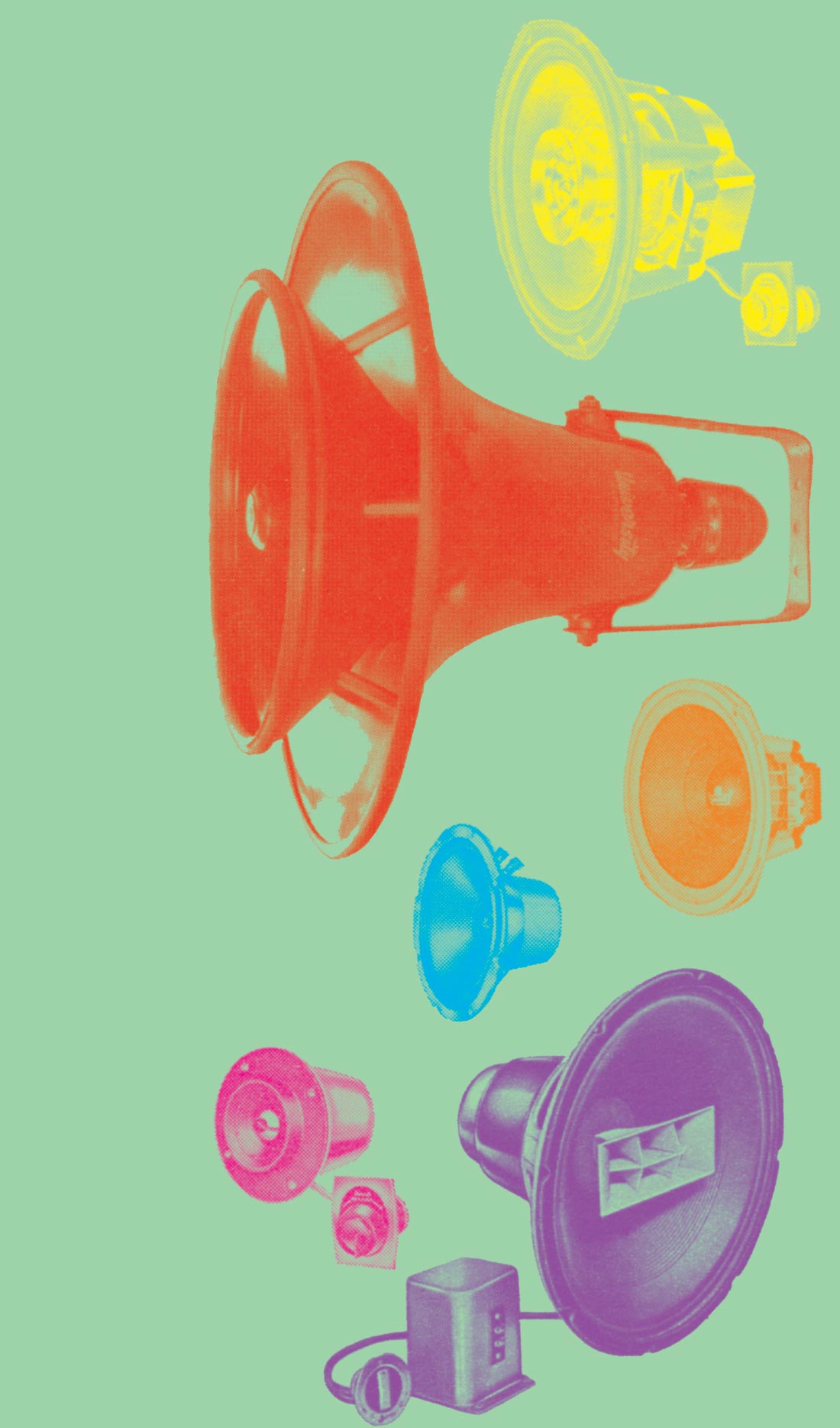


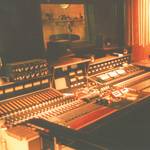
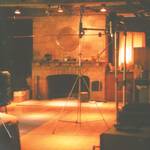


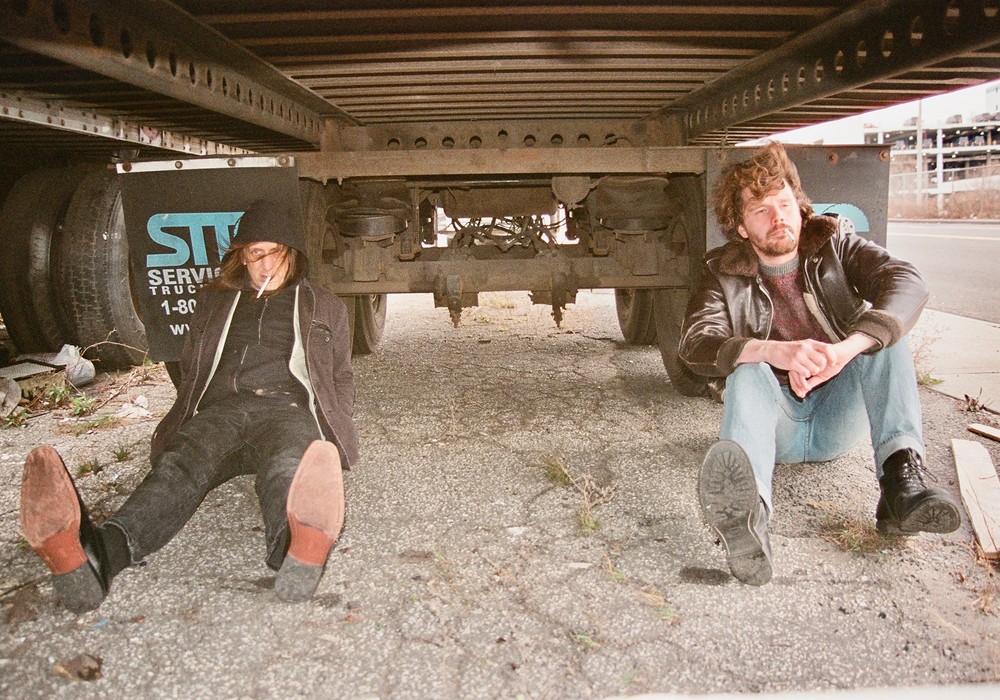
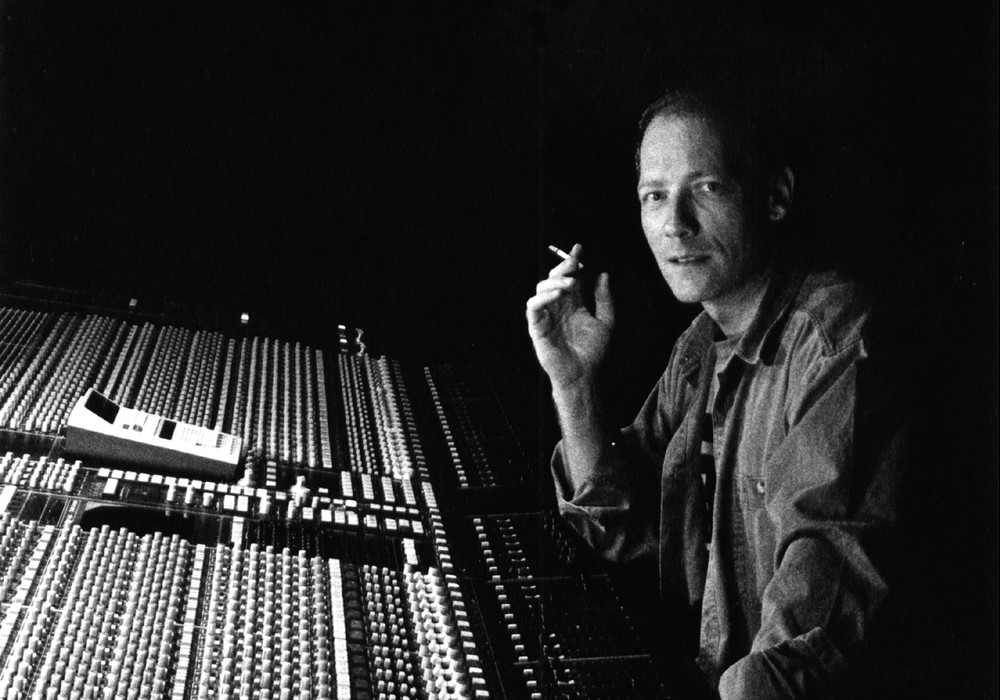
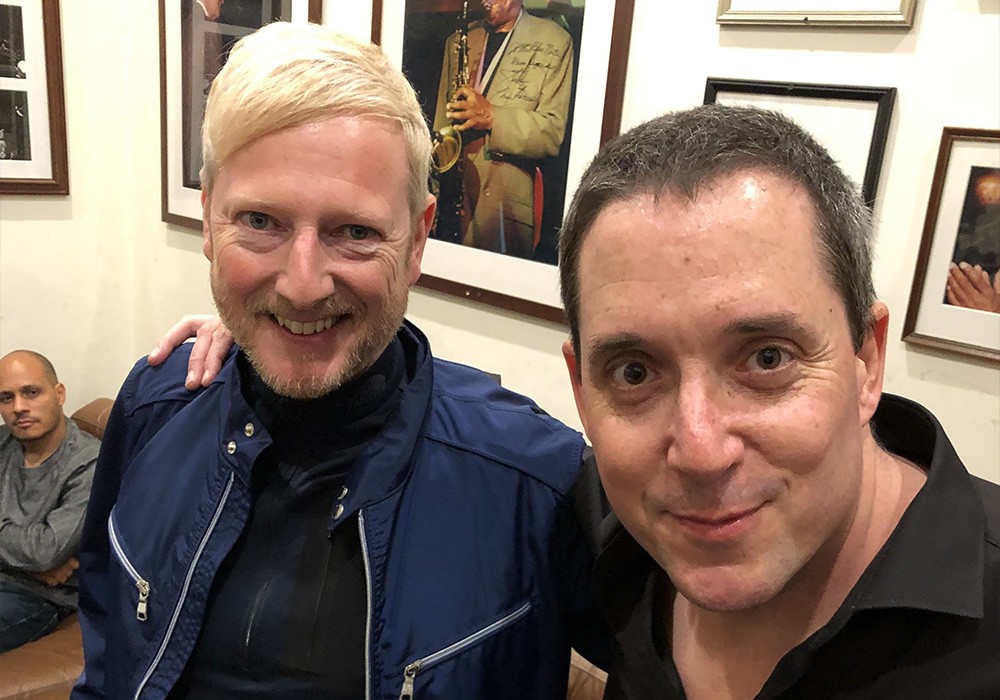

_display_horizontal.jpg)

